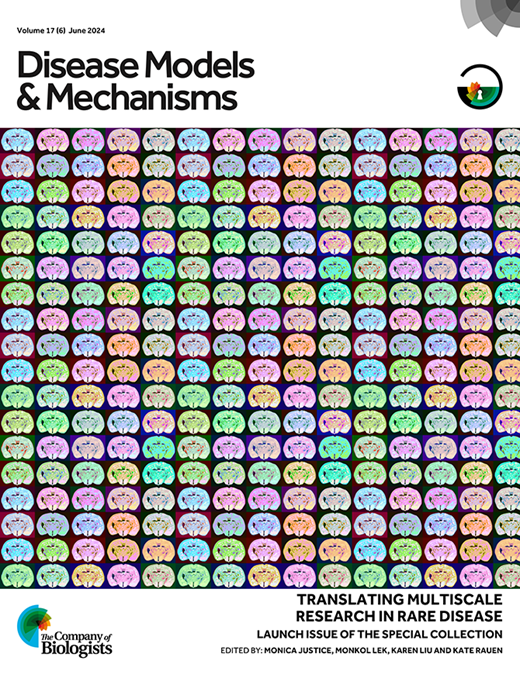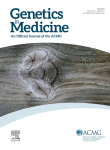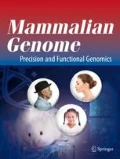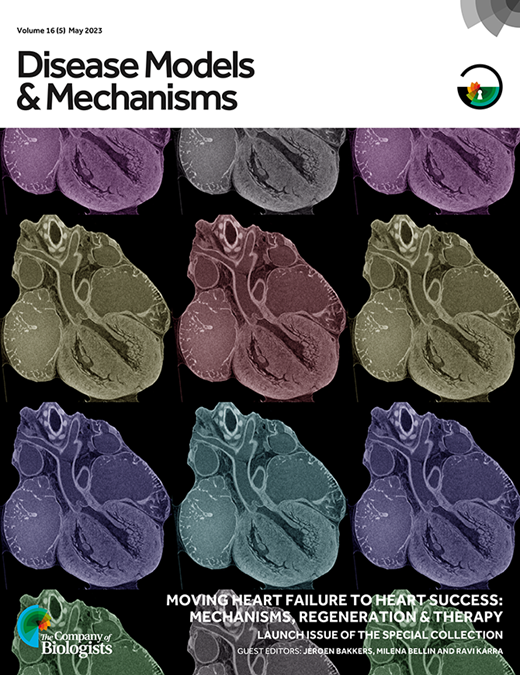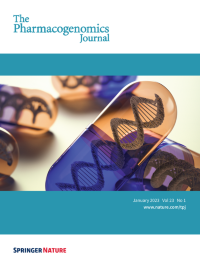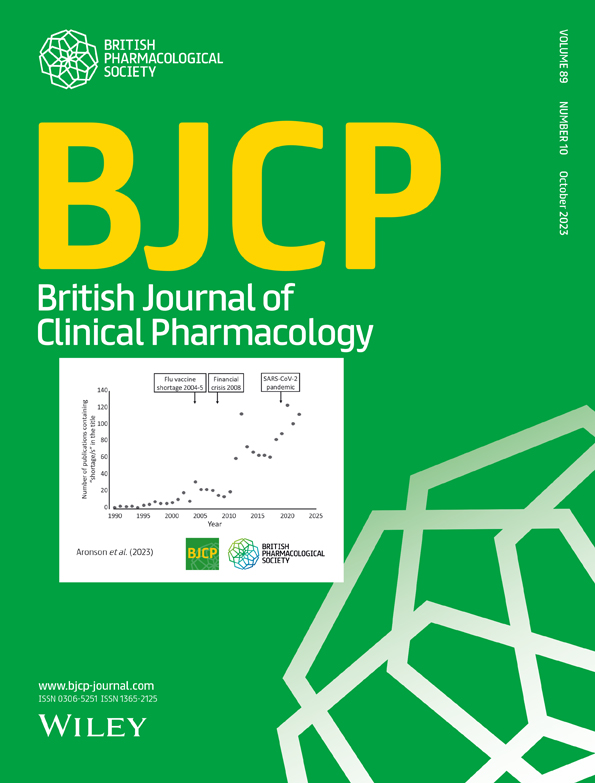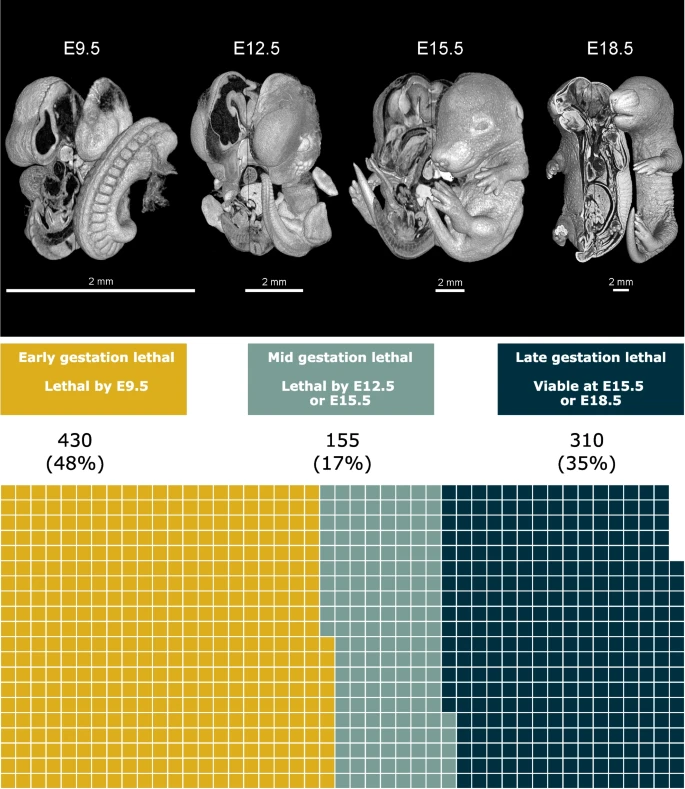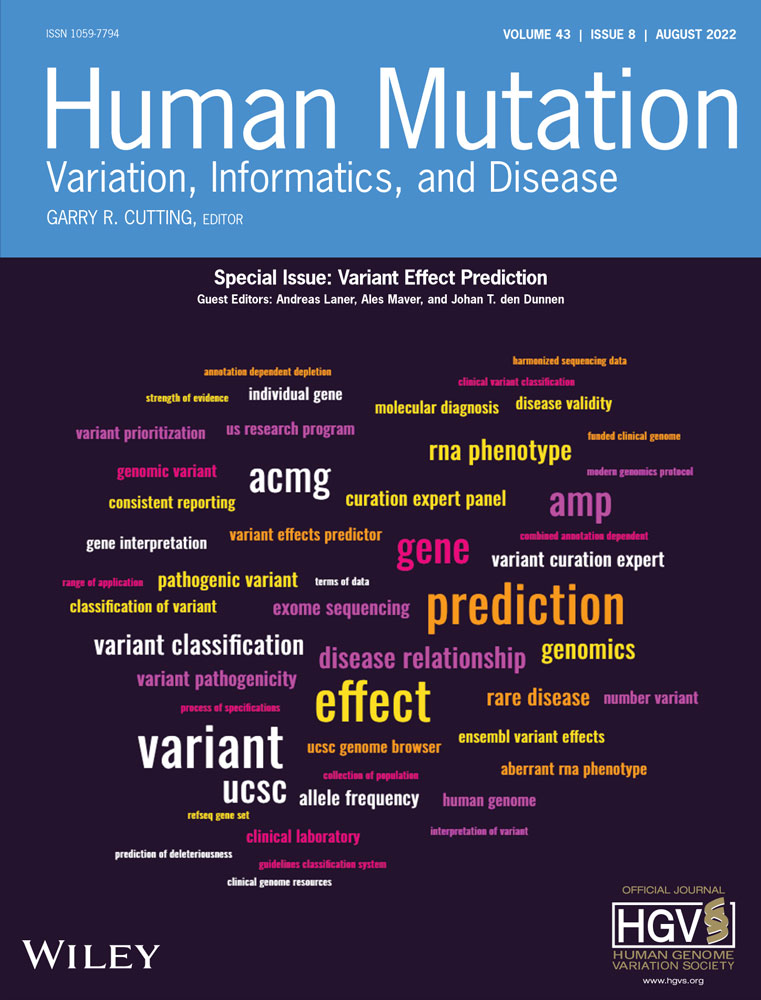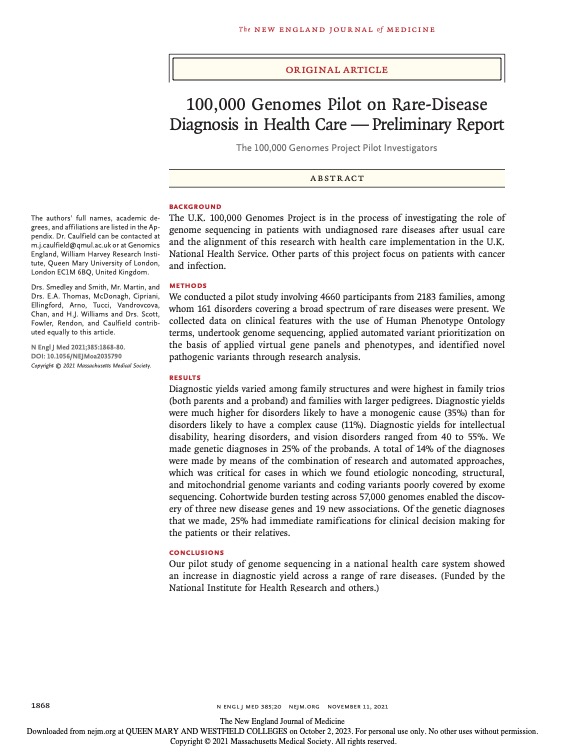We are the PhenoGenomics Group of Professor Damian Smedley at the William Harvey Research Institute (WHRI), Queen Mary University of London (QMUL) in London, UK
Our research focuses on utilising clinical and model organism phenotype data to
Within the International Mouse Phenotyping Consortium (IMPC), our team analyses the genotype to phenotype associations emerging from this comprehensive effort to produce the first catalogue of mammalian gene function by knocking out and systematically phenotyping every protein-coding gene in the mouse. Utilising phenotype comparison methods developed with our collaborators in the Monarch Initiative, we are able to automatically identify new animal models of known disease genes as well as suggest new candidates for diseases where the causative variants have not yet been identified in human.
We play a similar role in the Molecular Phenotyping in Cells (MorPhiC) consortium, a recently launched initiative to characterise the effect of gene knockouts in human cells.
This work is extended upon in our Exomiser software package, also developed in conjunction with the Monarch Initiative. Exomiser automates the filtering and prioritisation of coding and non-coding variants called from whole exome or genome sequencing of rare disease families using novel methodologies to prioritise the genes based on the similarity of the patient’s phenotypes to reference knowledge of genotype to phenotype associations from human disease and animal models. This software is widely used by academic researchers, diagnostic laboratories, commercial offering and in large-scale disease sequencing projects such as the US Undiagnosed Disease Network, the UK’s 100,000 Genomes Project as well as being a key component of the ISO-accredited interpretation pipeline for the NHS Genomic Medicine Service.
